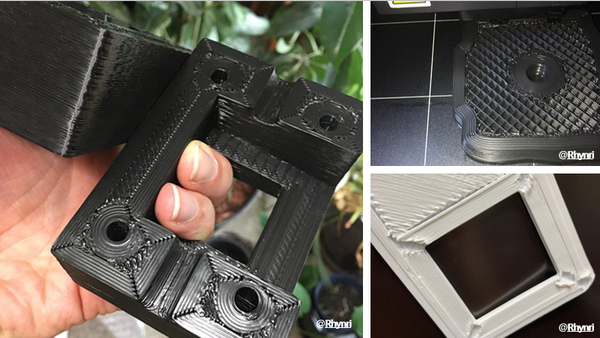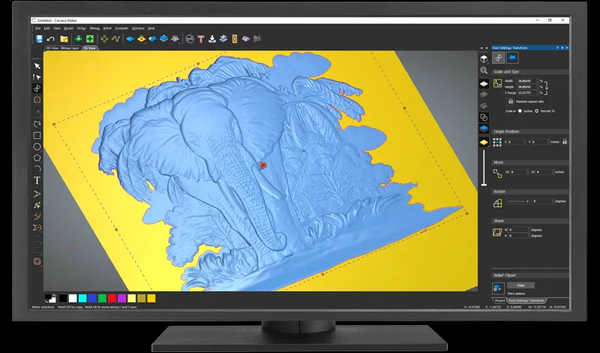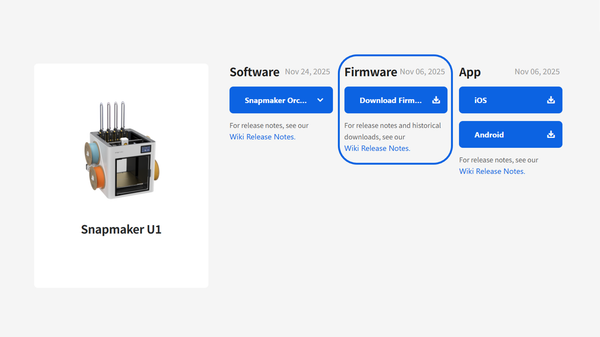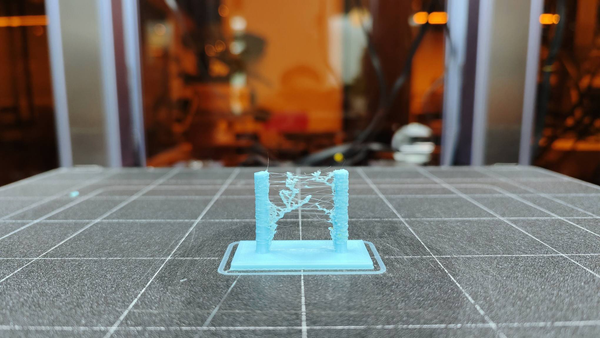What Is Wood PLA 3D Printer Filament?
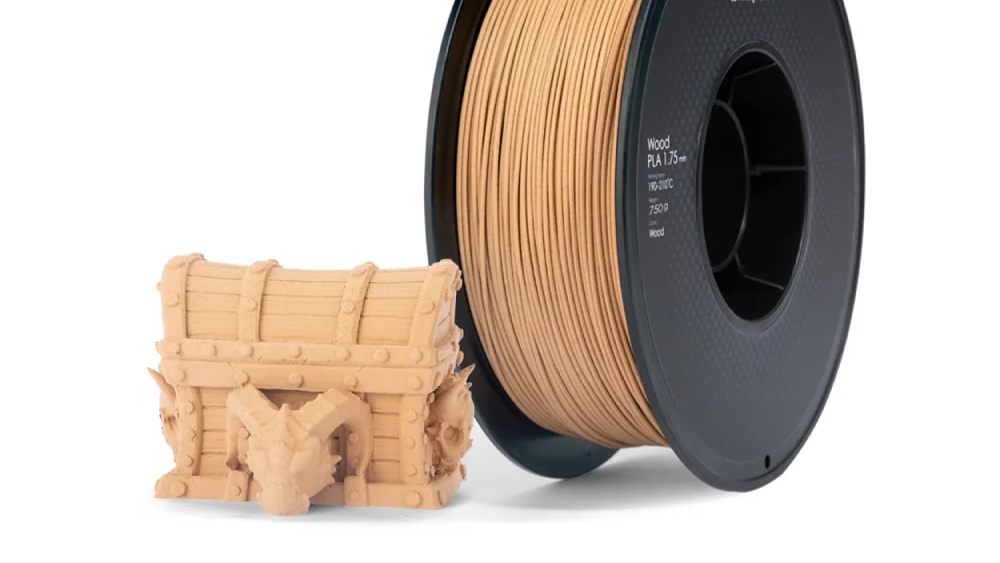
When you need to print something that looks like wood, like a model boat or a tiny treasure chest, you may ask yourself a simple question. Can a 3D printer make something that feels like real wood?
Two kinds of wood filament exist for 3D printing. One uses real wood mixed with plastic. The other copies the look and texture of wood but have no actual wood in them. Both have their pros and cons.
This article explains the difference between them. You will learn how each type works. You will also see why many makers now prefer wood PLA 3D printing. By the end, you should know which filament suits your project best.
A Quick Look at Wood Filament
Wood filament for 3D printing first came out in 2012. A German inventor named Kai Parthy made it. The material usually has 20 to 40 percent real wood. The rest is plastic, mostly PLA. The wood can be sawdust, cork, or fine wood particles.
This mix gives the printed item a surface that feels close to wood. Many people even notice a faint wood smell.
Where Traditional Wood Filament Falls Short
Wood filaments feel and look good, but they have limits. Because they include real wood fabrics, which makes them more prone to breaking more easily. The material is stiff. If the filament bends too much on the way to the extruder, it may snap.
The particles inside are rough. This wears down brass nozzles faster than other filaments. That means you may need to replace nozzles more often.
Another issue is flammability. Wood-based filaments burn more easily than pure PLA. For that reason, you must be careful when printing at high temperatures.
What Makes Wood PLA Different
Wood PLA solves many problems found in wood-filled filaments. It looks like wood but contains no actual wood.
The core is PLA, but it uses a foaming process that gives it a texture similar to real wood. You still get the look and feel, but without the rough particles.
This kind of filament prints better. You will face fewer problems with jams or breakage. It also protects your nozzle from wear.
Why Wood PLA Makes Sense for Most Prints
Wood PLA comes with a long list of benefits. Below are some of the best reasons to choose it.
Looks Like Real Wood
Wood PLA copies the color and texture of wood. It is great for items like small figures, pots, or art pieces. The finish gives them a warm and natural feel.
Easy for Most Printers
You can use Wood PLA with most FDM 3D printers. It works just like regular PLA. That means there is no need for special hardware or nozzles.
Good for Final Touches
You can sand the surface. You can also stain or coat it with wood polish. The result looks even more like real wood. This adds depth and makes the object stand out.
Better for the Planet
PLA is plant-based and breaks down over time. That makes Wood PLA a safer choice for people who care about waste and pollution.
Stable While Printing
This filament does not shrink much. It holds its shape. That means your prints are less likely to fail or warp.
For example, Snapmaker’s Wood PLA has tight accuracy (±0.05 mm). It contains no wood powder, so it runs smoothly through the nozzle. This lowers the risk of clogs.
Tips to Get the Best Results from Wood PLA
To get clean prints, set up your printer with care.
Nozzle Temperature
Try between 190 and 210°C. A lower setting keeps the tone light. A higher one gives a darker color and better layer bonding.
Heated Bed
Set the bed to 25°C for small prints. For larger ones, go up to 60°C. This helps the object stick to the bed and reduces shifting.
Print Speed
Go with 40 to 60 mm per second. This works well with the filament’s stiffness and gives solid results.
Post-Print Finish
Use fine sandpaper to smooth the surface. Afterward, applying a stain or finish is an option. Avoid heat above 60 degrees Celsius for the piece. That may spoil the finish.
Follow these tips, and your prints will not only look like wood but also feel like wood with high quality.
Final Thoughts
Wood PLA gives you the beauty of wood without the hassle. It works with most printers. Avoiding clogs and also avoiding wear on nozzles is an advantage of this material. You can shape it, smooth it, and finally polish it to suit your needs.
If you want prints that look great but still care for the environment, try some wood PLA.
Snapmaker’s Wood PLA is a good choice. It prints well, looks real, and does not need extra tools.
Check it out here: Snapmaker Wood PLA Filament – 750g. Try it on your next model. You might be surprised by how real it looks.

